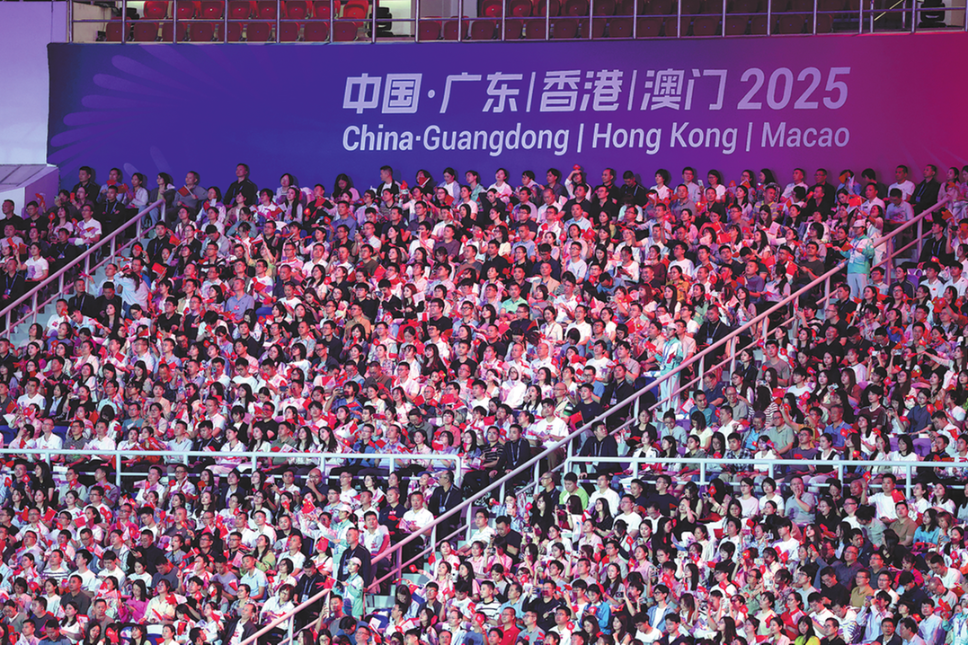High labor costs, challenging tasks give momentum to robot revolution
By CHENG YU | China Daily | Updated: 2023-05-09 09:19

Currently, the Shanghai-based company has offered its services and products to 60 markets across the world, including North America, Europe, the Middle East and Africa. Among them, Li found that robot shipments are generally higher in developed countries, as hiring humans typically comes with higher costs.
Behind this is the broader momentum of the large commercialization of Chinese industrial robots, where Chinese companies have revved up autonomous driving and AI technologies in robots and applied such technologies in hotels, airports and many other scenarios.
As ChatGPT takes the tech world by storm, Liu Lianqing, deputy head of the Shenyang Institute of Automation under the Chinese Academy of Sciences, said in an interview that Chinese companies are expected to embrace further development with more AI applications.
"Recent years have witnessed a rise in robots entering into high-end applications. Also, core components in domestic robots used to rely largely on imports, but recently many homegrown and independent components are quickly catching up," he said.
China is the world's largest market for the industrial robot industry, which is known as "the crown jewel of manufacturing". Data from the China Robotics Industry Alliance showed that last year, sales of industrial robots in China reached over 300,000 units, an increase of about 15.96 percent year-on-year, which accounted for more than half of global sales.
The latest Government Work Report, revealed during this year's two sessions — the top legislative and political advisory meetings — stated that key priorities this year include the pooling of quality resources and concerted efforts to achieve breakthroughs in core technologies in key fields.
Jin Zhuanglong, minister of industry and information technology, the nation's top industry regulator, said that persistent efforts are needed to tackle problems in crucial technologies. One of the ministry's top priorities during the 14th Five-Year Plan (2021-25) period is to advance the modernization of industrial chains and encourage companies to develop core technologies such as AI.
Industry experts believe that the pandemic also sped up the application of industrial robots, as many industries, including catering, medical and airports, are in urgent need of such robots to relieve manpower and reduce human contact.
Shenzhen, Guangdong province-based Pudu Tech, another leading maker of service robots, has leveraged its service robots to perform disinfection and transport necessities in many cities.
Quicktron, a Chinese intelligent warehouse robotics firm, uses its advanced logistics robots to choose and deliver goods in warehouses.
Quicktron has also partnered with Cainiao-Alibaba Group's logistics offshoot to build an intelligent factory of over 35,000 square meters with nearly 1,000 intelligent robots in Wuxi, Jiangsu province.
A research report published by Markets and Markets last August said the world's service robotics market is projected to grow from $36.2 billion in 2021 to $103.3 billion by 2026. The growing adoption of robots for new applications providing high returns on investment, coupled with the rising use of the internet of things in robots for cost-effective predictive maintenance, are key factors driving the service robotics market, the report said.
As China optimized its pandemic control measures, Chinese robot startups are upbeat about the prospects.
Li from Keenon said the company will simultaneously beef up efforts in both domestic and overseas markets this year. Quicktron founder and CEO Yang Wei said earlier that it aims to expand to over 100 countries and regions and generate 10 billion yuan ($1.4 billion) in revenue in the coming years.
Zhang Weijiong, a professor from the China Europe International Business School, said: "Chinese robotics companies, represented by Keenon, can thrive in China thanks to the country's relatively low manufacturing costs and a sound supply and industrial chain.
"With such advantages, they are expected to further knock on the doors of rising markets globally, especially those with relatively high labor costs."
However, Zhang also pointed out that some challenges await Chinese robotics firms, as they need to abide by the laws and regulations overseas and follow different cultures and values of various countries, as well as various industrial and technical standards, and even standards in appearance and packaging when doing business overseas.
"In addition, they need to establish corresponding channels and teams to facilitate robotics products to enter the international market. This requires enterprises to be able to allocate various resources in order to do well," Zhang said.
























